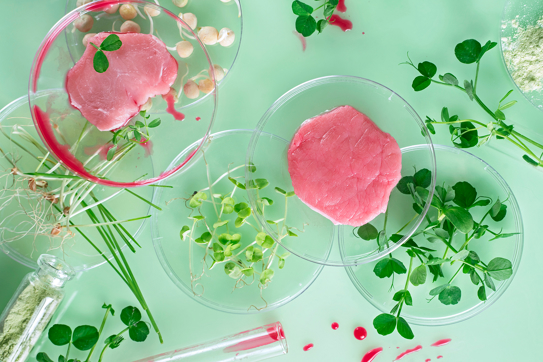Take lab grown meat for example. Singapore, Canada, Israel, Australia, New Zealand, the EU and US are among the many countries to have implemented regulatory measures for its manufacture and production. Yet many others are still deciding on the most appropriate course of action.
This lack of harmony is a major obstacle for commercialisation. Regulatory discrepancies across jurisdictions can lead to multiple approval processes, causing delays and inefficiencies for industry operators.
That’s not to say these challenges are unsurmountable. But it does means that the importance of understanding the regulatory framework, as well as the exact data and labelling requirements of each market can’t be emphasised enough. All these elements need to be addressed to give novel food submissions the best chance of success. So where do you start?
Build a data driven dossier
Gathering the required scientific data and building a coherent dossier that demonstrates the safety of lab-grown ingredients is a complex task. It requires regulatory expertise, scientific understanding and broad analytical knowledge to navigate the detailed requirements set out by the various authorities, such as:
